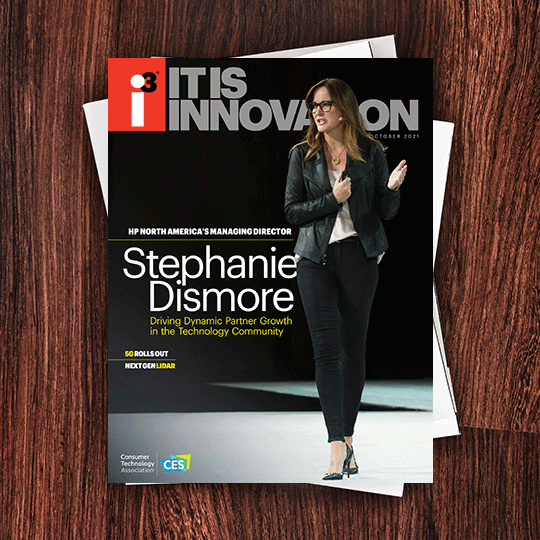Quantum computing has the potential of dealing with problems current computers struggle with
Quantum computing has the potential of dealing with problems current computers struggle with, a category of calculation called combinatorics — an area of mathematics with applications in cryptography, probability and finding an arrangement of items that optimizes a goal. As the number of items grows, so, too does the possible arrangements. Today’s computers have to crunch through each permutation to find, then identify, which solution best achieves the goal. Quantum computers can perform combinatorics calculations quickly.
Quantum computing opens up new opportunities in AI, which often involves the combinatoric processing of very large quantities of data to make better predictions and decisions. Cloud providers, like AWS, Google Cloud Platform, IBM Cloud and Microsoft Azure, all have pilot quantum computing projects. The challenge is to build quantum processors with more qubits.
Recently a research team has taken significant steps to solving the problem of how to control millions of qubits without wiring, which takes up space, uses more electricity and generates more heat. Led by Dr. Jarryd Pla, from the University of New South Wales (UNSW) School of Electrical Engineering and Telecommunications, they have developed a quantum computer chip that can be manufactured using mostly standard industry processes and components.
Instead of thousands of control wires on the same silicon chip that also needs to contain millions of qubits, the team looked at generating a magnetic control field from above the chip that could deliver up to four million qubits simultaneously.
The team introduced a crystal prism called a dielectric resonator above the silicon chip. The dielectric resonator traps microwaves for a short period of time, resulting in an efficient conversion of microwave power into the magnetic field that controls the spins of the qubits.
According to the researchers a lot of power is not needed to get a strong driving field for the qubits, which means not much heat is generated. More, the field is uniform across the chip, so that millions of qubits have the same level of control. The UNSW design seems to integrate the millions of qubits needed to realize the promise of quantum computing on a single chip.
But there is still work to be done before this technology is up to the task of controlling a million qubits. The UNSW study managed to flip the state of the qubits, but not yet produce arbitrary superposition states.
The best guess of industry quantum researchers is that at the rate of development, don’t expect the arrival of personal quantum computers before 2050.

I3, the flagship magazine from the Consumer Technology Association (CTA)®, focuses on innovation in technology, policy and business as well as the entrepreneurs, industry leaders and startups that grow the consumer technology industry. Subscriptions to i3 are available free to qualified participants in the consumer electronics industry.